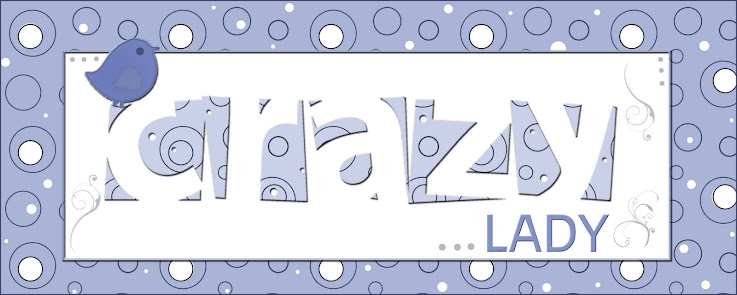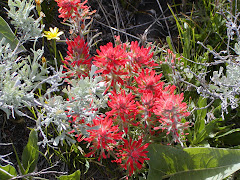To Get from Antigua to Lake Atitlan we traveled along the Pan American highway.
(Wikipedia)
The
Pan-American Highway is a network of
roads
measuring about 48,000 kilometres (30,000 mi) in total length, except
for a rainforest break of approximately 100 km (60 mi), called the
Darién Gap. The road links almost all of the mainland nations of the
Americas in a connected highway system. According to
Guinness World Records, the Pan-American Highway is the world's longest "motorable road". However, because of the
Darién Gap, it is not possible to cross between
South America and
Central America by traditional motor vehicle. The Pan-American Highway passes through many diverse climates and
ecological types, from dense jungles, to arid deserts, some of which are
passable only during the dry season, and in many regions driving is
occasionally hazardous.
Jake Silverstein, writing in 2006, described the Pan-American Highway
as "a system so vast, so incomplete, and so incomprehensible it is not
so much a road as it is the
Pan-Americanism itself".
Some typical sights we saw along the way.
Get your muffler here.
You don't need to wonder what the store sells because they have most things out front.
Lake Atitlan from our hotel.
Lake Atitlán (
Spanish:
Lago de Atitlán,
[atiˈtlan]) is a lake in the Guatamala highlands. It is technically
endorheic
(lacking direct flow to the sea) but substantial seepage feeds two
nearby rivers. Atitlan is recognized to be the deepest lake in Central America with maximum depth about 340 metres (1,120 ft). It is approximately 12 x
5 km, with around 20 cubic km of water. The lake is shaped by deep
escarpments which surround it and by three volcanoes on its southern flank. Lake Atitlan is further characterized by towns and villages of the Maya people. The lake is about 31 miles northwest of Antigua.
This was the most distinctive hotel we stayed in.
Each room was decorated differently with artifacts made in Guatamala.
The grounds were AMAZING!!!
I have over 150 photos of flowers and landscaping.
Yeah...
I won't begin to show those here.
We got on a boat and headed across the lake to a Maya community-
whose name I cannot now recall..it's been 6 months.
Our driver was of typical height - short.
Note the space from his feet to the floor.
There were quite a few fishermen out on the water in handmade boats.
Once we landed our guide set up a little show for us.
Three native women showed how quickly they could make their hat
out of one long strip of woven fabric.
The one in the middle was fastest.
I thought this one had the nicest smile.
This place was vendor city central.
This boy must have had over a hundred different beaded articles for sale on his head alone.
Hand woven articles.
Rustic wood carvings.
A bit more refined carvings.
These girls could make personalized pens with names on them in about 5 minutes .
The children learn a craft and start selling at a very early age.
The tourist season is quite short and they need to make the money for the year during that time.
So they are VERY motivated. Here they were following us back onto the boat selling the entire time.
We came back and I spent the afternoon taking photos of the grounds, flowers and animals at the hotel.
There are TOO many to share.
Next day before we left we went in to Pentechel which is the village near the hotel.
You guessed it.
Handmade items for sale.
I really like these quilts.
Chuck bought this shirt.
Handmade scarves for sale..
All sorts of things for children.
I LOVED these ceramic items.
Nifty transportation devices for people...
and produce.
Guatamala has thousands of brightly painted private buses.
Some ancient and held together with string/wire and whatever is handy.
Others a bit newer.
This is one of the nicest ones we saw.































































